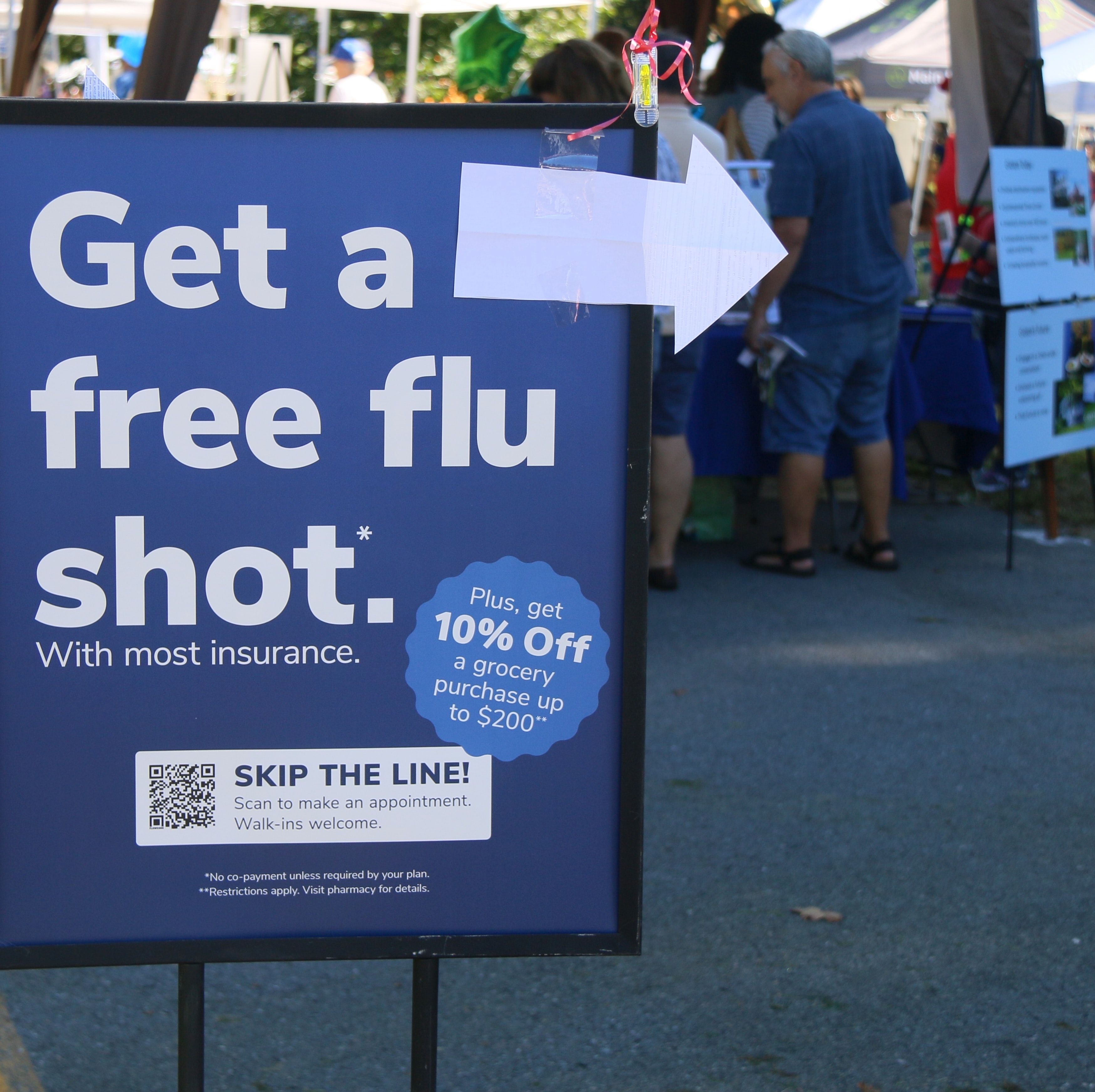Article
Mail Reminders May Improve Flu Vaccination Among Older Adults
Author(s):
A Finnish national study suggests hard-to-reach adults may seek a flu shot if provided direct information on its benefits.

A system of mailed reminders on the annual influenza shot may improve coverage in regions with lower rates of flu vaccination, according to a new study.
In new data from Finland, a large-scale cluster, randomized, controlled trial showed older, higher-risk adults in regions with historically low flu vaccination rates were more likely to get the shot after receiving reminders by mail from care providers.
The findings, from Professor Lauri Saaksvuori, of the Department of Health Sciences at Tampere University, support more concerted efforts to communicate the benefits of vaccination coverage to populations historically difficult to reach—and at the greatest risk of flu severity and mortality in the US.
Investigators sought to interpret the effectiveness of centralized written reminders on flu vaccination among key adult populations in Finland. Their assessment included the national population aged ≥65 years old from 2 culturally and geographically distinct regions with historically low and high rates of flu vaccination.
Among the low-vaccination population, just 31.8% (n = 7398) adults were vaccinated, and mean age was 75.5 years old. The high-rate group was 57.7% vaccinated (n = 40,727), and mean age was 74.0 years old.
Trial participants were randomized to 3 interventions that offered differing insight into the benefits of vaccination:
- No reminder for low-vaccination regions
- Individual-benefits letter reminder
- Individual- and social-benefits letter reminder
Saaksvuori and colleagues sought a primary endpoint of a record of influenza vaccination in the Finnish National Vaccination Register from October 18, 2018, to March 18, 2019.
After the 5-month follow-up, vaccination rates were as follows for the low-vaccination population receiving any intervention:
- 34.0% among participants to receive no reminder
- 41.8% among participants to receive an individual-benefits letter reminder
- 59.2% among participants to receive an individual- and social-benefits letter reminder
Among the high-vaccination population, vaccination rates were 59.0% among those receiving the individual-benefits letter reminder, and 59.2% among those receiving the individual- and social-benefits letter reminders.
Compared to no letter, either letter reminder was associated with a 6.4 percentage-point increase in flu vaccination (95% CI, 3.6 -9.1; P <.001). What’s more, investigators observed a “substantial effect” in letter reminders driving increased rates of flu vaccination among individuals who had not received any type of vaccine during the 9 years prior to the trial (5.3 percentage points; 95% CI, 2.8 - 7.8; P <.001).
Investigators were limited by factors including a potential contamination between treatments due to “information spillovers” and a lack of control treatment group among the high-vaccination population.
That said, the team indeed concluded that letter reminders were effective and even scalable for increasing older adult flu vaccination coverage.
“Communicating the social benefits of vaccinations, in addition to individual benefits, did not enhance vaccination coverage,” they wrote. “The effectiveness of letter reminders about the benefits of vaccination to improve influenza vaccination coverage may depend on the prior vaccination history of the population.”
The study, “Information nudges for influenza vaccination: Evidence from a large-scale cluster-randomized controlled trial in Finland,” was published online in PLOS One.




